Does Tire Size Affect Gas Mileage?
Have you ever wondered if your car’s tire size could be impacting your gas mileage? While it may seem like a minor detail, the size of your tires can actually play a significant role in your vehicle’s fuel efficiency.
Let’s look at the surprising connection between tire size and gas mileage, and show how you can optimize your tire choice to save money at the pump.
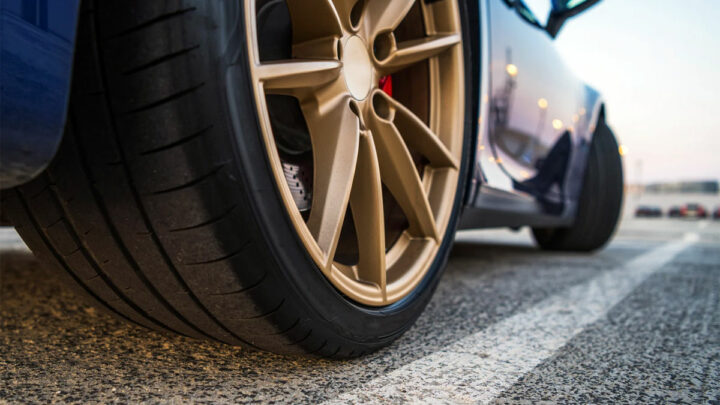
Related: Best Tire Brands According to Car Enthusiasts
Do Larger Diameter Tires Make Your Gas Mileage Worse?
Yes, tires of a larger diameter can indeed negatively impact a vehicle’s fuel mileage. This stems, primarily, from the fact, that tires of a larger diameter weigh more than those of a smaller diameter.
This weight difference is multiplied by 4, across all 4 wheel-end locations, creating quite the differential. Of course, the more significant the increase in tire diameter, the more detrimental the overall effect on fuel mileage.
Do Wider Tires Affect Fuel Economy?
Yes, wider tires actually lead to a loss in overall fuel economy for a couple of different reasons.
- First, the increase in weight that comes with upsizing to tires of a wider tread is going to have the same effect as above, with larger diameter tires. Since wider tires are typically offered in larger (taller) sizes, it’s a double whammy.
- In addition, the installation of wider tires also leads to an increase in rolling resistance, due to a greater area of surface tread coming into contact with the pavement. More resistance means that more fuel is required to rotate the tires.
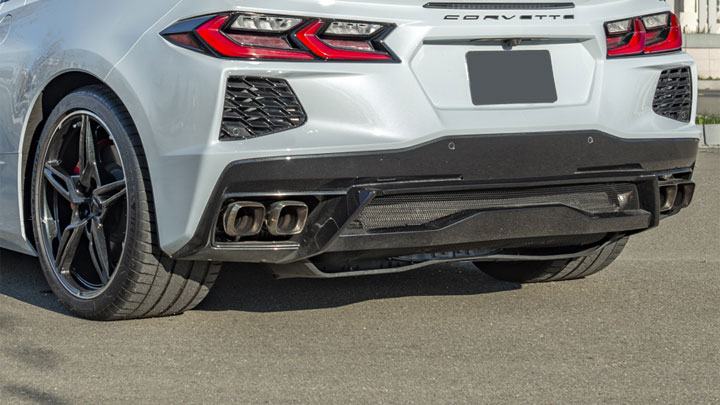
Influence of Tire Weight and Tread Design
By their very nature, heavier tires prove more taxing on a vehicle’s fuel economy than smaller, lightweight tires. This is due to the addition in overall curb weight that is attributed to larger, bulkier tires.
Generally speaking, the greater a vehicle’s mass, the more power that will be required for it to accelerate to, and maintain a given speed, and the more fuel its engine will consume.
A tire’s tread design can also have a significant bearing on the overall fuel economy that a vehicle achieves. The more aggressive a tire’s tread, the more rolling resistance that is created between the tire’s tread, and the roadway itself.
By proxy, this excess resistance causes a vehicle’s fuel mileage to suffer. This becomes even more evident when a tire is used in an under-inflated fashion, as an even greater area of tread contacts the road’s surface.
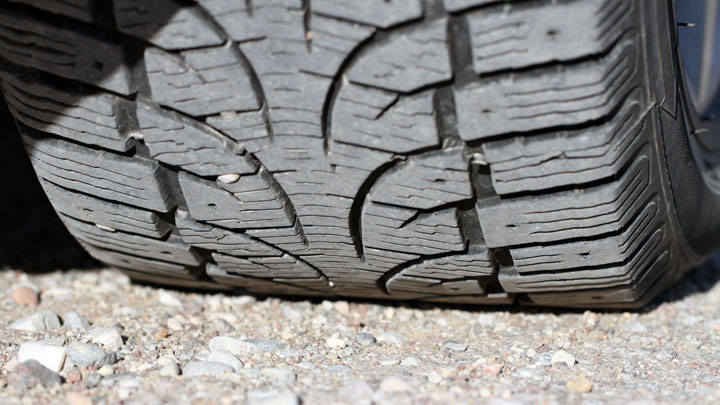
Is There a Formula or Calculator to Determine MPG Change With Different Tire Sizes?
To date, there is no true universal formula published for determining exact changes in fuel economy that results from changing tire sizes. This stems from the fact that far too many variables are at play, many of which are far from precise.
While it is true that you can attempt to figure the differential in tire circumference against the number of revolutions per tire that a manufacturer specifies for each mile of travel for a given vehicle, little is gained in terms of what this means for real-world fuel consumption.
Simply put, the variance in achievable fuel mileage that comes with changing to larger-than-stock tires is negligible enough that pinpointing exact values by algebraic means is nearly impossible.
Rather, it is much easier to compare prior fuel mileage values against newly logged fuel consumption figures after a tire swap has been completed, to truly determine the extent of this difference.
Related: This is How Much Gas Idling Uses
How to Manually Determine Your Actual Miles Per Gallon
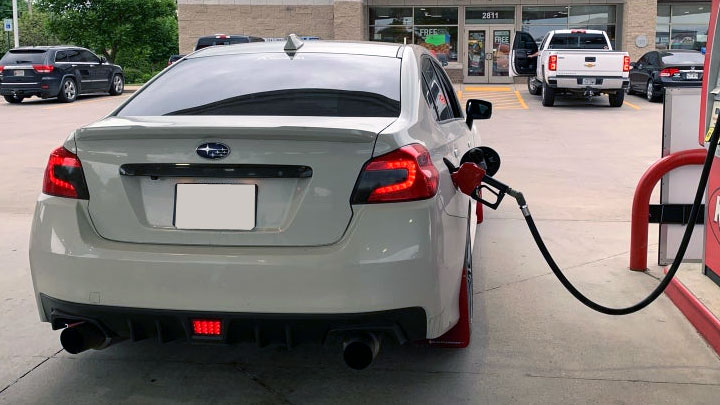
There is a simple process that can be followed to calculate a vehicle’s fuel economy before or after a tire swap. This involves dividing the number of miles driven, by the number of gallons of fuel required to refill a vehicle’s tank.
The result of this equation will provide you with a rather accurate assessment of the average MPG being achieved by your vehicle at a given time.
To simplify, start by topping off your vehicle’s fuel tank. After topping off, drive a specified number of miles. These miles do not have to be driven all at once but should be kept track of accurately.
After driving a reasonable number of miles (the more miles you drive, the more accurate your results), pull over to a gas station, and top off your vehicle’s fuel tank once more.
- Record the number of gallons required to top off the tank.
- Then, divide the total number of miles driven, by the number of gallons of gas required for top off.
This will give you an approximate MPG benchmark.
Will Changing Tire Sizes Affect Anything Else?

Modifying a vehicle’s tire size can change a host of additional measurements and parameters, outside of just a vehicle’s rated fuel economy.
This is innately true of tires that are of a larger or smaller diameter than those specified by the vehicle’s manufacturer, and deals directly with the revolutions per minute that a tire turns.
As a general rule, the larger a vehicle is, the slower a vehicle’s speedometer will register, and the fewer miles the vehicle’s odometer will clock.
On the contrary, the use of smaller-than-stock tires will cause a vehicle’s speedometer to register a higher speed than normal, while the odometer will clock a greater number of miles as well.
Read Also: Wheel Spacers: Are They Safe?
Optimizing Your Tire Setup for MPG
When attempting to optimize your tire setup to achieve maximum fuel economy, the smallest wheels and tires designed for the vehicle in question should be chosen.
Additionally, it’ll be best to locate tires that feature a low rolling resistance, in order to cut down on additional fuel consumption.
And maybe most importantly, you should also strive to keep your vehicle’s tires properly inflated. This in itself, has the potential to reduce unnecessary fuel consumption.
Understanding the Benefits of Plus Size Tires vs MPG Loss
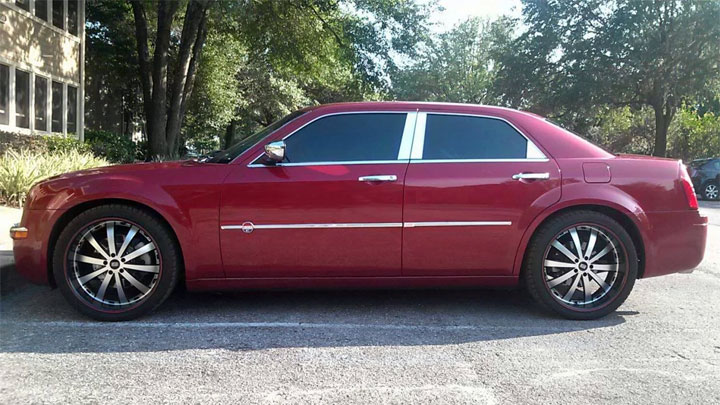
As mentioned, an increase in tire size beyond stock dimensions is almost certain to negatively impact a vehicle’s fuel economy. However, this still does not negate the value of larger-than-stock tires in every situation.
You may choose to equip your vehicle with larger tires to enhance overall traction. This is a perfectly acceptable reason for considering such modification. However, you should be prepared to part with a small percentage of your vehicle’s fuel economy.
The negative impacts to fuel economy associated with the installation of oversized tires should be perhaps even more carefully considered, if it’s being done purely for aesthetic reasons. If an increase in tire size yields no actual value in terms of traction or driveability, this resulting reduction in fuel economy should bear more weight in the decision making process.
But let’s not kid ourselves. The tires (and wheels) you have on your vehicle do play a role in the looks department. In most cases, larger/wider tires (within reason) are going to be an aesthetic upgrade. But going too big for your specific vehicle can quickly go from tasteful to hideous.
Do Aftermarket Wheels Affect Gas Mileage?

The installation of aftermarket wheels can cause a vehicle’s gas mileage to suffer, under certain circumstances. This is the case whenever a set of aftermarket wheels are exceedingly heavier than those of a stock design or are of a configuration that necessitates the use of tires that are of a greater width and/or diameter.
This once again stems from the fact that excess weight leads to increased fuel consumption, as does increased rolling friction caused by the use of wider-than-stock tires.
If fuel economy is of concern when selecting aftermarket wheels for your vehicle, it can be helpful to compare the estimated weight of any wheels being considered, against the weight of stock wheels for the vehicle in question. The closer these two weights are, the less the ramifications upon fuel mileage should be.
See Also: Average Wheel Powder Coating Cost
- P0480 Code (Symptoms, Causes, and How to Fix) - Apr 19, 2024
- Car Temperature Gauge Stopped Working? (Here’s Why) - Apr 15, 2024
- Ignition Coil vs Coil Pack (What’s the Difference?) - Apr 8, 2024
